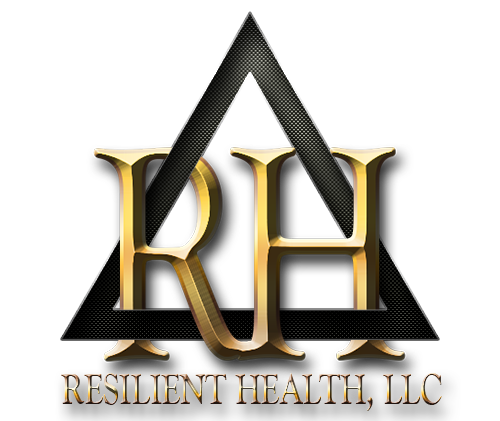Rolling Away the Tension: The Benefits of Foam Rolling
When it comes to post-workout recovery and relieving muscle tension, there's a simple yet highly effective tool you should consider adding to your fitness arsenal: the foam roller. In this blog post, we'll delve into the world of foam rolling, exploring its benefits, techniques, and why it should be an essential part of your fitness routine.
**What is Foam Rolling?**
Foam rolling, also known as self-myofascial release (SMR), involves using a foam roller—a cylindrical, often cylindrical piece of foam—to apply pressure to various muscles in your body. The goal is to release muscle knots or trigger points, improve flexibility, and reduce muscle soreness.
**The Benefits of Foam Rolling:**
1. **Relieves Muscle Tension:** Foam rolling helps to break up knots and adhesions in the muscles, which can lead to muscle tension and discomfort. Regular use can alleviate muscle soreness and stiffness.
2. **Improves Flexibility:** By rolling over specific muscle groups, you can enhance your range of motion and flexibility. This can be particularly beneficial for athletes and those who engage in regular exercise.
3. **Enhances Circulation:** The pressure applied during foam rolling stimulates blood flow to the muscles, promoting faster recovery and nutrient delivery to muscle tissues.
4. **Reduces Delayed Onset Muscle Soreness (DOMS):** Foam rolling after a workout can help reduce the intensity and duration of DOMS, allowing you to recover more quickly and get back to training.
5. **Prevents Injury:** Regular use of foam rolling can help identify and address imbalances or tight areas in the muscles, reducing the risk of injury during workouts.
**How to Foam Roll:**
Getting started with foam rolling is relatively straightforward, but it's important to use proper technique to maximize its benefits:
1. **Choose the Right Roller:** Foam rollers come in various densities. Beginners may prefer a softer roller, while experienced users might opt for a denser one. Start with a softer roller if you're new to foam rolling.
2. **Target Specific Muscles:** Focus on the muscle groups that feel tense or sore. Roll slowly and methodically over the muscle, spending about 20-30 seconds on each area.
3. **Use Your Body Weight:** Apply gentle to moderate pressure by using your body weight. Avoid using excessive force, as this can lead to discomfort or injury.
4. **Breathe:** Remember to breathe deeply and steadily as you roll. Deep breaths can help relax your muscles.
5. **Avoid Joints and Bones:** Do not roll directly over joints or bones, as this can be painful and potentially harmful.
6. **Be Consistent:** Incorporate foam rolling into your routine regularly, ideally both before and after your workouts.
**Conclusion:**
Foam rolling is a simple yet powerful technique that can significantly improve your overall fitness and well-being. Whether you're an avid athlete or someone looking to alleviate everyday muscle tension, integrating foam rolling into your routine can lead to improved flexibility, reduced muscle soreness, and better overall recovery. Give it a try, and experience the benefits for yourself. Roll your way to a healthier, more relaxed you!
